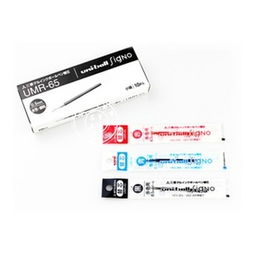Understanding UL Certification: A Comprehensive Guide

When it comes to ensuring the safety and quality of products, UL certification stands out as a globally recognized mark of excellence. In this detailed guide, we delve into what UL certification is, its significance, and the process involved in obtaining it.
What is UL Certification?

UL, which stands for Underwriters Laboratories, is an independent, not-for-profit organization that has been providing safety-related certification services since 1894. The primary goal of UL is to promote safe living and working environments by certifying products and materials that meet specific safety standards.
Significance of UL Certification

UL certification is highly regarded in various industries, particularly in the United States and Canada. Here are some key reasons why UL certification is important:
| Benefits of UL Certification | Description |
|---|---|
| Market Access | UL certification helps products gain access to markets that require compliance with specific safety standards. |
| Consumer Trust | UL certification enhances consumer confidence in the safety and quality of products. |
| Regulatory Compliance | UL certification ensures that products meet the necessary regulatory requirements. |
| Competitive Advantage | Having a UL certification can give a company a competitive edge in the market. |
UL Certification Process
Obtaining UL certification involves several steps, which are outlined below:
-
Product Selection: Choose the product you want to certify and ensure it meets the necessary safety standards.
-
Pre-Application: Contact UL and discuss your product’s requirements. This step helps you understand the certification process and the necessary documentation.
-
Application: Complete the UL application form and provide all required documentation, such as technical drawings, material specifications, and safety data sheets.
-
Testing: UL will conduct tests on your product to ensure it meets the required safety standards. This may include electrical, mechanical, and chemical tests.
-
Review and Approval: Once the testing is complete, UL will review the results and determine if your product meets the necessary safety standards.
-
Certificate Issuance: If your product passes the review, UL will issue a certificate of compliance, which can be used to promote your product’s safety and quality.
Types of UL Certification
UL offers various types of certification, including:
-
UL Mark Certification: This is the most common type of certification, where the product is tested and certified to meet specific safety standards.
-
UL Recognition: This type of certification is for components or materials that are used in products that have already been certified.
-
UL Listing: This certification is for products that have been tested and certified to meet specific safety standards and are listed in the UL Online Certification Directory.
UL Standards
UL has developed a wide range of safety standards that cover various products and industries. Some of the most common UL standards include:
-
UL 60601: Medical electrical equipment
-
UL 508: Industrial control equipment
-
UL 94: Flammability of plastic materials for parts in devices and appliances
-
UL 2054: Battery safety
Conclusion
UL certification is a valuable asset for any company looking to ensure the safety and quality of its products. By following the certification process and adhering to the relevant safety standards, companies can gain a competitive edge in the market and build consumer trust.
